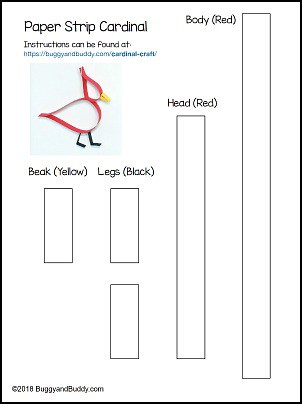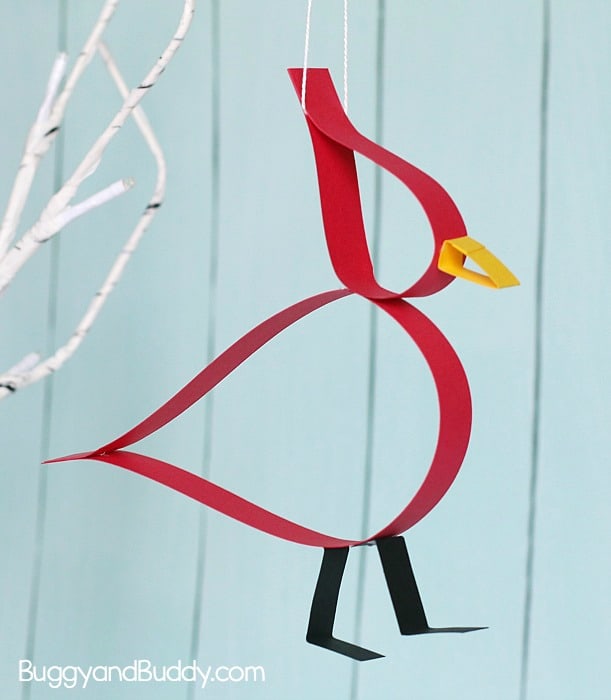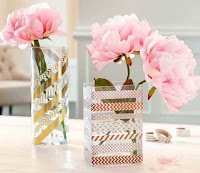This is the final part in my scrapbooking tips series. Enjoy!
5. Budget when you scrapbooking
- Actually set a budget. If you set a spending limit, you’re more likely to stick to it.
- Shop with a list. Know exactly what you’re looking for and only purchase those items. Resist the temptation to buy things you don’t actually need.
- You don’t need as many supplies as you might think. Instead, look around your house for things you can use, like old fabric, clothing tags, buttons, office supplies, or ticket stubs. When it comes to scrapbooking, anything goes!
- Don’t spend a ton of money on tools like die cutters right away. Experiment a bit to find your style, do some research to see what kinds of looks and techniques you like, and then make the purchase only if you think you’ll actually use it.
- Use dry glue to affix your design elements to the page. Wet glue like white or tacky glue can cause your paper or photos to crumple.
- Store tiny embellishments like brads and eyelets in pill organizers.
- Get the kids involved. They’re a great source of creative inspiration, and including their designs will add an extra personal touch to your layouts.
- Bust out your old art supplies. Crayons, markers, and cheap watercolor paints are all great supplies for scrapbookers.
- Create a color palette before you get started. Use your photo as inspiration, and choose your paper and embellishments using the color palette.
- Use acid-free papers. Acid-free papers don’t contain chemicals that will yellow with age or break down or damage important documents and photos.
- If you don’t have much time to scrapbook, try creating smaller pages like pocket pages.


































